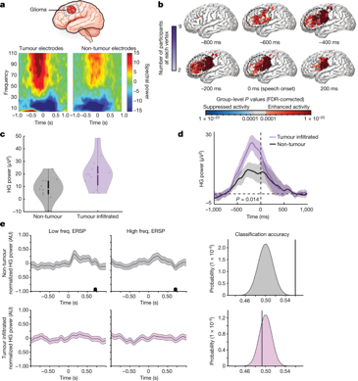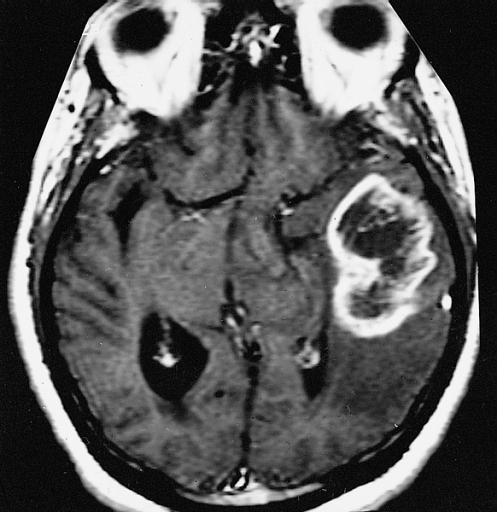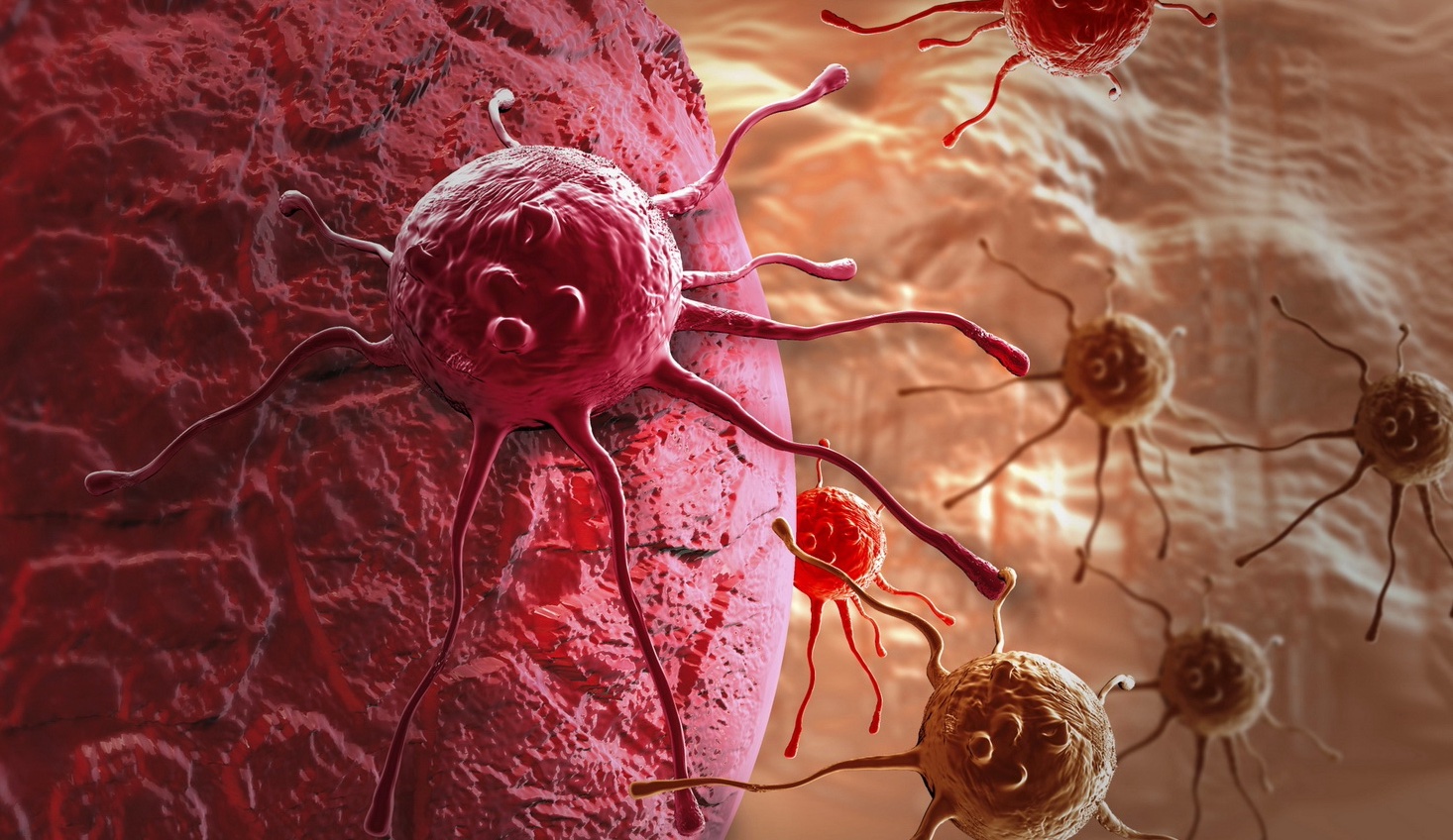The Glioblastomas, a type of glioma, are malignant tumors that affect the brain. Today the treatments involve surgical treatment first, which is then followed by radiotherapy and chemotherapy; thereafter, the patient must undergo maintenance chemotherapy.
This type of cancer, after being treated, very often recurs in the form of recurrence.
This occurs when quiescent tumor cells remain in the tissue which are capable of developing drug resistance.
Tumor cells also can integrate and interact with neurons and synapses, the contact site between neurons.

Can such a tumor exploit these neural connections to its advantage?
When cancer cells interact with neurons there is a deterioration in both cognition and quality of life.
The tumor is able to modify the brain network to its own advantage by altering synapses, and in doing so decreases the level of survival for patients with tumors that are both well infiltrated in the brain and adept at exploiting synaptic mechanisms.
Possible new treatments:
To date, research is focusing on new molecularly targeted therapies, the molecules directed against molecular alterations expressed by the tumor. Researchers have identified a key protein (TSP-1) in tumor development that when inhibited pharmacologically leads to a decrease in disease development.
Other approaches are focusing on cancer stem cells, which are critical for tumor growth and eventual cancer recurrence . Such cells require proteins known as “transcription factors” to proliferate, such as SOX2 a protein that is produced by an oncogene highly present in most tumors affecting the brain and promotes their development and increases their aggressiveness. In addition, therapies involving SOX2 to treat glioblastoma are also applicable to other tumor types, this is because SOX2 is not a protein exclusive to brain tumors.
Finally, another method used is liquid biopsy, an analysis used to search for tumor genetic material in body fluids.
SOURCE:





